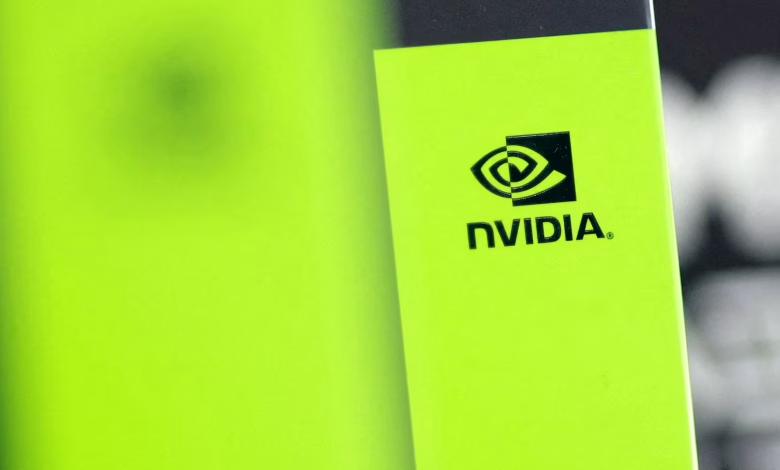Global tech shares falter as Nvidia-led rally stalls

Nov 20 (Reuters) – U.S. technology stocks failed to hold on their initial gains on Thursday, as a rally driven by Nvidia ran out of steam with concerns of lofty valuations in the technology space coming back to the fore.
Sign up here.
“The people who are selling the semiconductors to help power AI doesn’t alleviate the concerns that some of these hyperscalers are spending way too much money on building the AI infrastructure,” said Robert Pavlik, senior portfolio manager at Dakota Wealth.
“You have the company that’s benefiting it, but the others are still spending too much money.”
Investors took to heart after Nvidia CEO Jensen Huang dismissed bubble concerns, calling demand “incredible” and noting bookings extend into 2026. “We see something very different from a fleeting hype cycle,” he said, pointing to Nvidia’s deep integration across cloud, enterprise and edge computing.
“Amid a swell of concern heading into this print, Nvidia delivered not just solid results and guidance, but a beat-and-raise that was even stronger than most had expected,” J.P. Morgan analysts said.
“In our view, (the results are) a testament to strong execution across Nvidia’s vast and complex supply chain.”
While some hailed the company’s upbeat results as proof that the AI boom was intact, others worried about external risks tied to its customers’ capex and financing, and challenges surrounding the build-out of data center capacity due to energy constraints and memory chip shortages.
Nvidia is also highly reliant on a handful of customers and the increasingly circular nature of some of its deals has raised concerns, as AI startups struggle to turn big profit to justify billions of dollars in funding.
However, Nvidia’s status as the face of the AI revolution has made it the only company in the world to cross the $5 trillion valuation mark, following a surge in its share price of more than 1,190% over the past three years.
Amid the volatility, Nvidia was last down almost 8% in November. The stock, however, is still up more than 36% for the year.
Nvidia’s 12-month forward price-to-earnings ratio stands at 28.44, below AMD’s 35.70 and far lower than Intel’s 62.38.

The results marked Nvidia’s first acceleration in seven quarters, powered by surging data-center sales. Revenue forecast topped estimates and margins are expected to hold in the mid-70% range through fiscal year 2027.
“Demand still outstrips supply, with hyperscalers and server makers buying aggressively,” said Bob O’Donnell, chief analyst at Technalysis Research.

Reporting by Rae Wee in Singapore, Rashika Singh and Shashwat Chauhan in Bengaluru; additional reporting by Arsheeya Bajwa and Twesha Dikshit; Editing by Jacqueline Wong, Ronojoy Mazumdar, Anil D’Silva and Maju Samuel
Our Standards: The Thomson Reuters Trust Principles.






